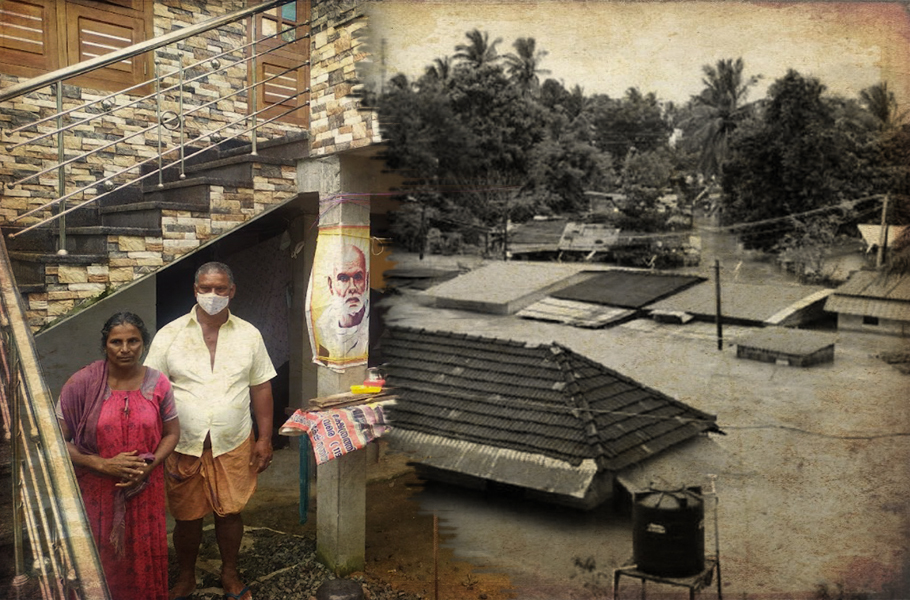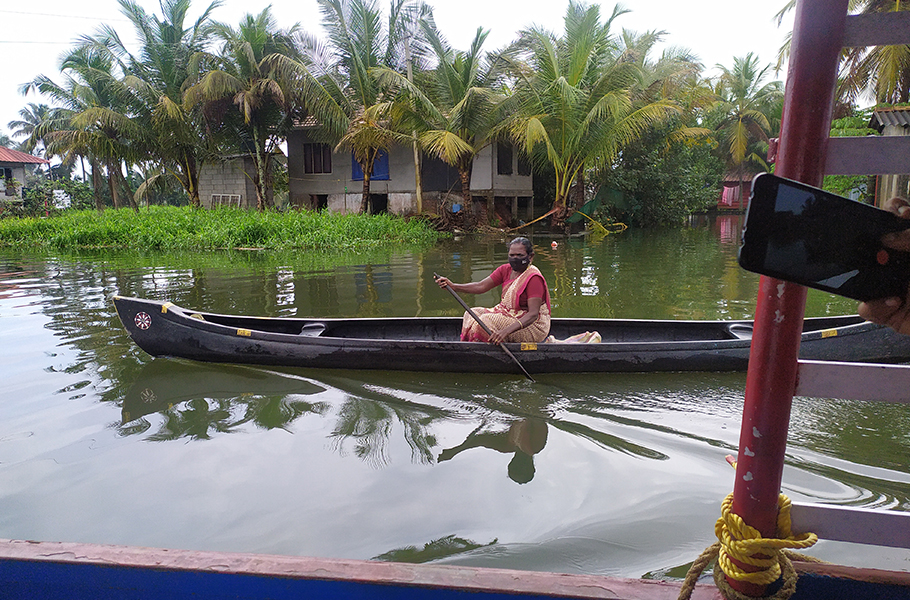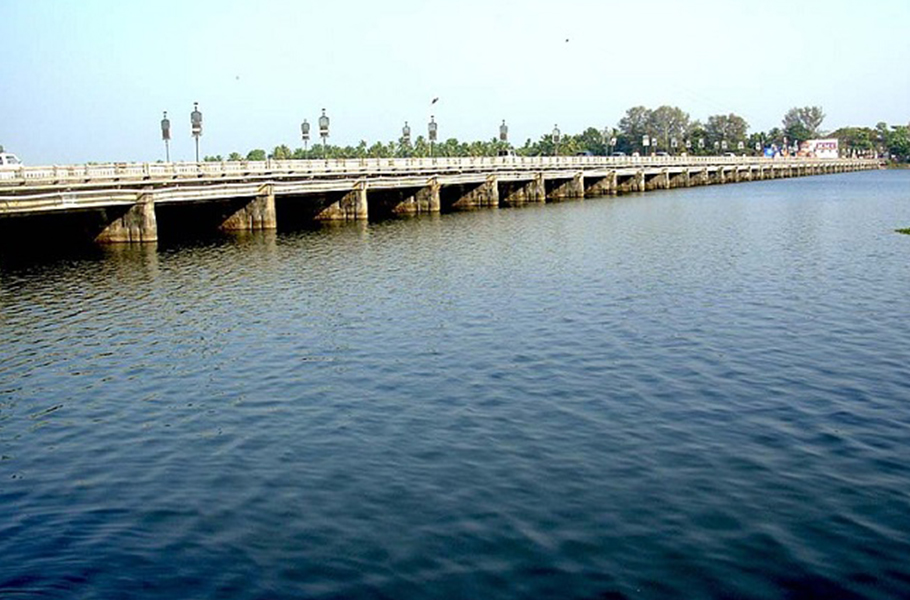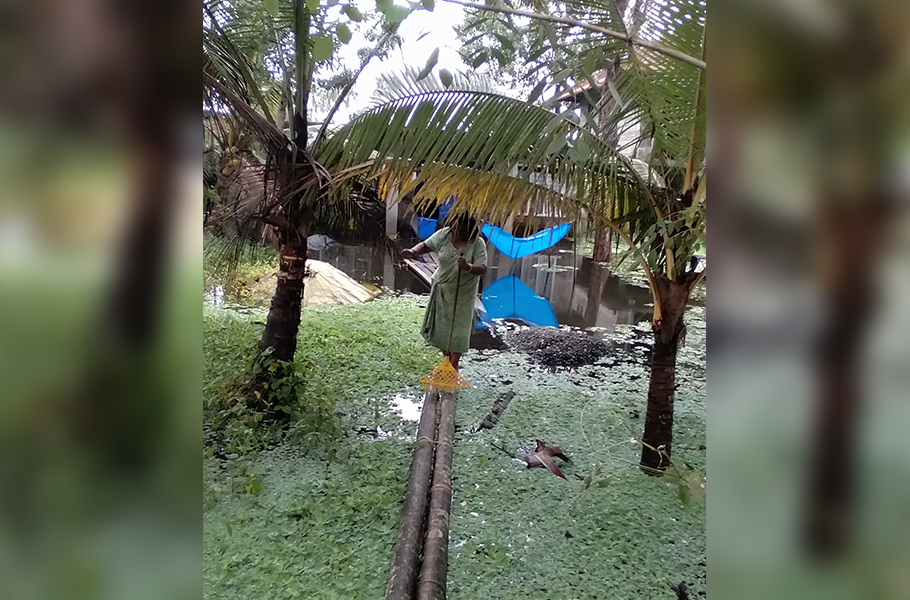
- Home
- India
- World
- Premium
- THE FEDERAL SPECIAL
- Analysis
- States
- Perspective
- Videos
- Sports
- Education
- Entertainment
- Elections
- Features
- Health
- Business
- Series
- In memoriam: Sheikh Mujibur Rahman
- Bishnoi's Men
- NEET TANGLE
- Economy Series
- Earth Day
- Kashmir’s Frozen Turbulence
- India@75
- The legend of Ramjanmabhoomi
- Liberalisation@30
- How to tame a dragon
- Celebrating biodiversity
- Farm Matters
- 50 days of solitude
- Bringing Migrants Home
- Budget 2020
- Jharkhand Votes
- The Federal Investigates
- The Federal Impact
- Vanishing Sand
- Gandhi @ 150
- Andhra Today
- Field report
- Operation Gulmarg
- Pandemic @1 Mn in India
- The Federal Year-End
- The Zero Year
- Science
- Brand studio
- Newsletter
- Elections 2024
- Events
- Home
- IndiaIndia
- World
- Analysis
- StatesStates
- PerspectivePerspective
- VideosVideos
- Sports
- Education
- Entertainment
- ElectionsElections
- Features
- Health
- BusinessBusiness
- Premium
- Loading...
Premium - Events

Why 'room for river' may not be enough to keep Kuttanad afloat

Shaji Mol and her husband Madhu remember spending sleepless nights fearing floodwaters would gush through their house. They wouldn’t know how to leave and where to reach in the dark since flood water inundated the entire area of Kainakari Panchayat in Kuttanad. The days proved no better apart from the fact that sunlight provided visibility to scurry through their belongings, collect the...
Shaji Mol and her husband Madhu remember spending sleepless nights fearing floodwaters would gush through their house. They wouldn’t know how to leave and where to reach in the dark since flood water inundated the entire area of Kainakari Panchayat in Kuttanad.
The days proved no better apart from the fact that sunlight provided visibility to scurry through their belongings, collect the bare minimum possible and wade through the waters to reach the nearest relief camp, which sometimes was kilometres away.
“We are born and brought up here. Overflowing of the rivers is nothing new to us, but life had become terrible after the scale of 2018 disaster,” says Shaji Mol, recalling the days and weeks spent in relief camps.
Not anymore.
The couple has moved to their new house which has room for them and also ‘room for the river’.
“We did house warming in August this year. We are not scared of rain and opening of dams anymore,” says Shaji Mol.

While the couple has found some relief, troubles for Kuttanad are only growing.
Making room for river
Lying two to three metres below sea level, Kuttanad, a backwater ecosystem that lies across the three districts of Alappuzha, Kottayam and Pathanamthitta, is vulnerable to floods every monsoon season. The region witnessed its worst flood in August 2018, leading to the death of hundreds of people and animals, and massive destruction of farmland and houses.
In search for solutions to the annual problem, Kuttanad decided to emulate The Netherlands, which like Kuttanad is a low-lying region, prone to floods. The project received a thumbs up from chief minister Pinarayi Vijayan after he took a trip to The Netherlands to study the ‘room for river’ model. To avoid a 2018-like disaster, among the many rebuilding measures undertaken by the state, was a special package for Kuttanad – Room for Pampa.
Room for river houses are elevated dwellings, raised on stilts. They are based on a simple concept–don’t stand in the way of the river, give it room to flow.
Around 400 such houses have been built in Kainakari Panchayat in Kuttanad, where people can now live free from flood scare.
Sixty-year-old Kamalamma and husband Mohanan live in a stilt house surrounded by water in Kainakari Panchayat.

The house, built with government support, stands isolated in the middle of a large water body. The old couple owns a small country boat, which is their means of transport to the outside world.
How ecological problems drowned Kuttanad
Floods are not new to Kuttanad. The nightmare Kuttanad lived through in 2018 was, in fact, a recap of what the region witnessed in 1924. Even if most other parts of Kerala were spared by the monsoon rains, Kuttanad would get flooded year after year even before 2018. The Thottappally spillway, 20 km from Alappuzha, commissioned in 1955, finally helped to drain out the flood water that came with every monsoon, from the river to the sea. But it led to irreparable damage for the region.
The ecological crisis of Kuttanad started in 1950s. The two major constructions–the Thottappally spillway to drain the floodwater from Pamba, Achankovil and Manimala rivers and Thanneermukkom bund to regulate the inflow of saline water from the sea to the Vembanad Lake–have caused a fundamental shift in the ecological balance of the wetland.

“The unscientific way of operating the spillway and the bund caused irreversible damage to the ecology of Kuttanad… What we need to do is create proper channels to ensure the uninterrupted flow of water. This demands a comprehensive planning considering all aspects of livelihood,” says Thomas Isaac, former CPI(M) minister, who was the MLA from Alappuzha district.
Seasonal inflow of salinity was a natural process that helped in enriching fish cultivation. “The seasonal rice cultivation had a harmonious coexistence with the seasons of saline inflow. This rhythm was completely lost by unmindful constructions,” he says.
“The heavy rain and flood of 2018 caused permanent waterlogging due to the huge deposit of silt,” Thomas Isaac told The Federal.
Deluge and waterlogging have become a permanent phenomenon since the past three years, according to the residents of Kuttanad.
A journey through the worst-affected Kainakary and Ramankary Panchayats in Kuttanad gives an idea of the present-day life in this wetland ecosystem, inundated almost perennially and cut off from the rest of the world.
Livelihoods lost
Despite having a new and ‘safer’ house, Kamalamma wants to leave the place as the region’s livelihood opportunities have dwindled. The incessant rain and flood wreak havoc in Kuttanad, which is known as the rice bowl of Kerala. Rains have only been rising in the state over the past few years so the paddy fields are inundated for most part of the year.
Kamalamma and Mohanan used to be agricultural labourers. “There is no work. Paddy fields are inundated often. My husband is sick. He cannot do any hard labour. Where is labour in the middle of water anyway? We solely depend on the pension and the public distribution system for ration,” says Kamalamma. She is referring to the social security pension being given to the senior citizens in the state.
Across three Panchayats—Pulinkunnu, Kainakari, Ramankari—the government has constructed around 2,500 stilt houses, making room for the river. This has ensured people don’t have to run to relief camps whenever there is heavy rain. “All three Panchayats had gone under water in 2018 and so people were shifted to camps,” recollects Leena Mol, member of 14th ward in Kainakari Panchayat. Leena Moll’s house is still half-immersed. She has applied for a government stilt house.
Leena Mol and Praseetha, the vice-president of Kainakari Panchayat, are relieved that they don’t have to rush to rescue people as flood-resistant houses are being built in the area, even as Leena waits for her own house.
Both, however, point out that in a wetland like Kuttanad, people cannot survive only with a flood-resistant house. “The economy of Kuttanad is completely ruined,” says Praseetha.
Paddy cultivation is severely hit due to the excessive flow of floodwater. Fishing, another major livelihood, has also been adversely impacted by the changes in the system of water flow and this has drastically reduced the fish catch. Tourism, a major source of income, is almost dead since the outbreak of the Covid pandemic.
The uniqueness of Kuttanad
Kuttanad is a delta region forming a part of the Vembanad wetland ecosystem, the largest of its kind among the 46 Indian sites recognised in the Ramsar Convention, which is an international treaty for the conservation and wise use of wetlands.
Cutting across three districts, Kuttanad region (Greater Kuttanad) encompasses 79 revenue villages and 10 taluks. Five rivers from the Western Ghats connect with the backwaters in the region before joining the Arabian Sea. Kuttanad is unique for multiple reasons. It is said that Kuttanad is the only place in the world where farming is done up to three metres below sea level.
Ironically, despite being a soaked green field with abundance of water bodies, Kuttanad is also hit by the scarcity of drinking water due to change in the pattern of the inflow of saline water, ecological degradation and water contamination.
Tourism hit
A vast majority of the people in the area depend on agriculture, fishing and tourism for livelihood. There are 2,500 houseboats in Alappuzha, and an estimated 5,000 people make a living from them. With the tourism industry taking a hit due to the pandemic, unemployment in Kuttanad, one of the most favourite destinations for backwater tourism in India, has risen.
“My husband was working in a houseboat. He is jobless since a year,” says Srilatha living in the fourteenth ward of Kainakari Panchayat. Srilatha does not have an elevated house, but has applied for one. Her house, adjacent to the lake has a bridge inside. Srilatha, her husband and their only son, living inside the inundated house, use this bridge to move from one room to another.

All household items are put on temporary elevated wooden structures as the floor looks like an extension of the river. Srilatha used to work under the Mahatma Gandhi National Rural Employment Guarantee Scheme, but there has been no work even since long.
Which would be a better choice—a house with a ‘room for the river’ or one on dry land outside Kuttanad? Srilatha prefers the second option, but adds, “A flood-free house is our immediate priority, hence we have applied for a house under the government’s scheme, but I don’t know how to move on as there is no agriculture and employment here.”
“This is fragmented intervention,” Gopakumar Mukundan, a native of Alappuzha, who is a researcher and social activist, tells The Federal. According to Mukundan, a flood-resistant house is not the final remedy to the crisis plaguing Kuttanad.
“Room for the river concept is not just about constructing houses on elevated platforms. Facilitating the flow of water requires ecological governance. It is all about regulation. Paddy cultivation, fishing and tourism–the three major sources of livelihood–have to be regulated to ensure that no activity happens at the cost of the other,” he says.
“We need intrusion of saline water for fish cultivation, but it is not good for paddy. We need tourism and house boats, but unmindful and excessive use of the backwaters for house boating would be harmful to both paddy and fishing. What we need is a comprehensive ecological planning and governance to incorporate all forms of livelihood by ensuring the free flow of water,” says Gopakumar, who is writing a book on Kuttanad.
A study by Centre for Earth Science Studies, says that 50 per cent area of Alappuzha district is heavily flood prone and most of these areas are confined to Kuttanad region.
In 2018, the year in which Kerala received 2346.6 mm rainfall, a large area of Kuttanad was submerged and 1.70 lakh people had to be evacuated. While other places in the state went back to normalcy in a few days after the flood, the floodwater remained in the Kuttanad wetland ecosystem for 45 days. Kuttanad was badly hit by flood in 2019 too.
Strengthening and widening of bunds bordering polders (‘Padasekharams’ –collection of large area of paddy field) is recommended for flood regulation by many expert agencies. Unfortunately, no such flood regulating actions could gain momentum in Kuttanad as the past two years were hit by the pandemic.

A study conducted by Kerala University of Fisheries and Ocean Studies suggests that amphibian houses are more suitable in a wetland ecosystem like Kuttanad rather than elevated houses.
According to the study, amphibious housing is a sustainable flood mitigation strategy that works in synchrony with the vulnerable region’s natural cycle of flooding. An amphibious house is a building that rests on the ground but whenever a flood occurs, the entire building rises up in its dock, where it floats, buoyed by the flood water.
The houses elevated on stilts are unfriendly to the vulnerable population as the elderly, physically challenged and pregnant women. The people who already have received elevated houses agree. There are many in the flood-hit villages who constructed tiny shacks over the bunds across paddy fields, despite having a stilt house. These shacks are used for the elderly who are unable to use the stairs to go to the new elevated houses.
The rain has not yet stopped in Kerala. Despite being soaked and shivering, Kuttanad is trying hard to return to normalcy. Backwater tourism is limping back to the hopes of better days as a few houseboats have returned to Vembanad Lake with tourists.
Even though some can sleep peacefully in their elevated houses through the night, the silent backwaters of Kuttanad are witness to how the region remains at war with the many hardships it faces from ecological challenges to shrinking livelihood opportunities.
